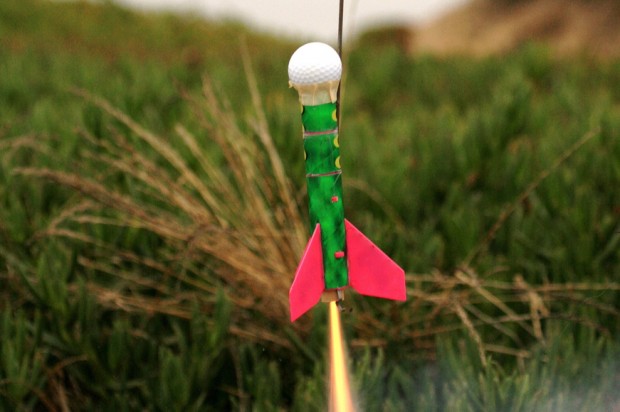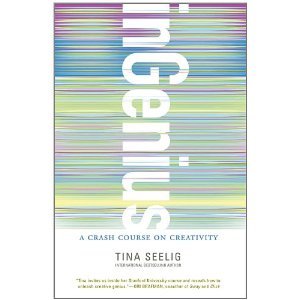By Jennie Rose
Can creativity be taught? If innovation is truly the key to this country's success, then it's time to think strategically about engendering creativity into our education system.
That's part of Tina Seelig's thesis in her new book Ingenius: A Crash Course on Creativity. Case in point: In schools, when we give students math problems to solve, we ask simply, “What’s the sum of 10+10?” to which there is only one right answer. But Seelig says we should turn the question on its head, and ask, “How many ways can you add 10+10?” The question you ask is the frame in which the answers will fall, Seelig says.
This approach is fundamental to Seelig’s work as a professor at the Hasso Plattner Institute of Design at Stanford. The Institute (or “d.school”), renowned for incubating inventive new businesses, is committed to teaching students about design thinking. And it’s in her course on creativity where Seelig introduces students to her celebrated Innovation Engine, which she says represents all the values we need to unlock creativity.
The Engine has six parallel lines in a Möbius strip design. Three internal human factors comprise our knowledge, imagination, and attitude.
- Your knowledge provides the fuel for your imagination.
- Your imagination is the catalyst for transforming knowledge into ideas.
- Your attitude is the spark that sets the Innovation Engine in motion.
The other three lines include external influences of resources, habitat and culture.
- Resources are all the assets available to you.
- Habitat includes the space, rules, constraints, and people around you.
- Culture is the collective beliefs, values, & behaviors of your community.
These inside and outside strips are woven together because nothing can be looked at in isolation. The best part? You can start anywhere.



